
Update: Pro photographers have shared their tips on how to get the most out of Portrait Mode on iPhone 7 on apple.com:
In a short time, Portrait mode has become a favorite feature for iPhone 7 Plus users, with people capturing a range of subjects with the stunning depth-of-field effect, bringing them closer to the subjects they love. iPhone is the most popular camera in the world. And its popularity increased among photographers in 2016, according to Flickr. Below are a few photos and tips from photographers who are finding creative ways to use Portrait mode everyday.
When I first downloaded the iOS 10.1 beta and began experimenting with Portrait mode, Apple's DSLR-inspired depth of field option for the iPhone 7 Plus telephoto camera, I did so with pretty low expectations. Software-based background blur is hard — and even though the iPhone 7 Plus has optical assistance thanks to its wide-angle and telephoto lenses working in concert to create a depth map, it's incredibly difficult to deliver the same kind of results you might see from high-end cameras and lenses.
But, as I discovered, the more you explore the world around you with Portrait Mode, the less that all matters. I started testing Portrait mode by doing a comparison against an entry-level DSLR, which gave me a good baseline for its photographs: It's not about whether the Portrait camera result was technically better than its DSLR counterpart, but whether the recipients of the photographs believed it was.
Because when it comes down to it, we take photographs to capture memories. To evoke feelings. We take pictures of our animals, our kids, and our friends to freeze-frame a moment in time. And what matters most about those images is that they properly capture that emotion — unless you're into photography for the art of the craft, chances are you're not going to care if you snap a perfect "bokeh" blur behind your pet.
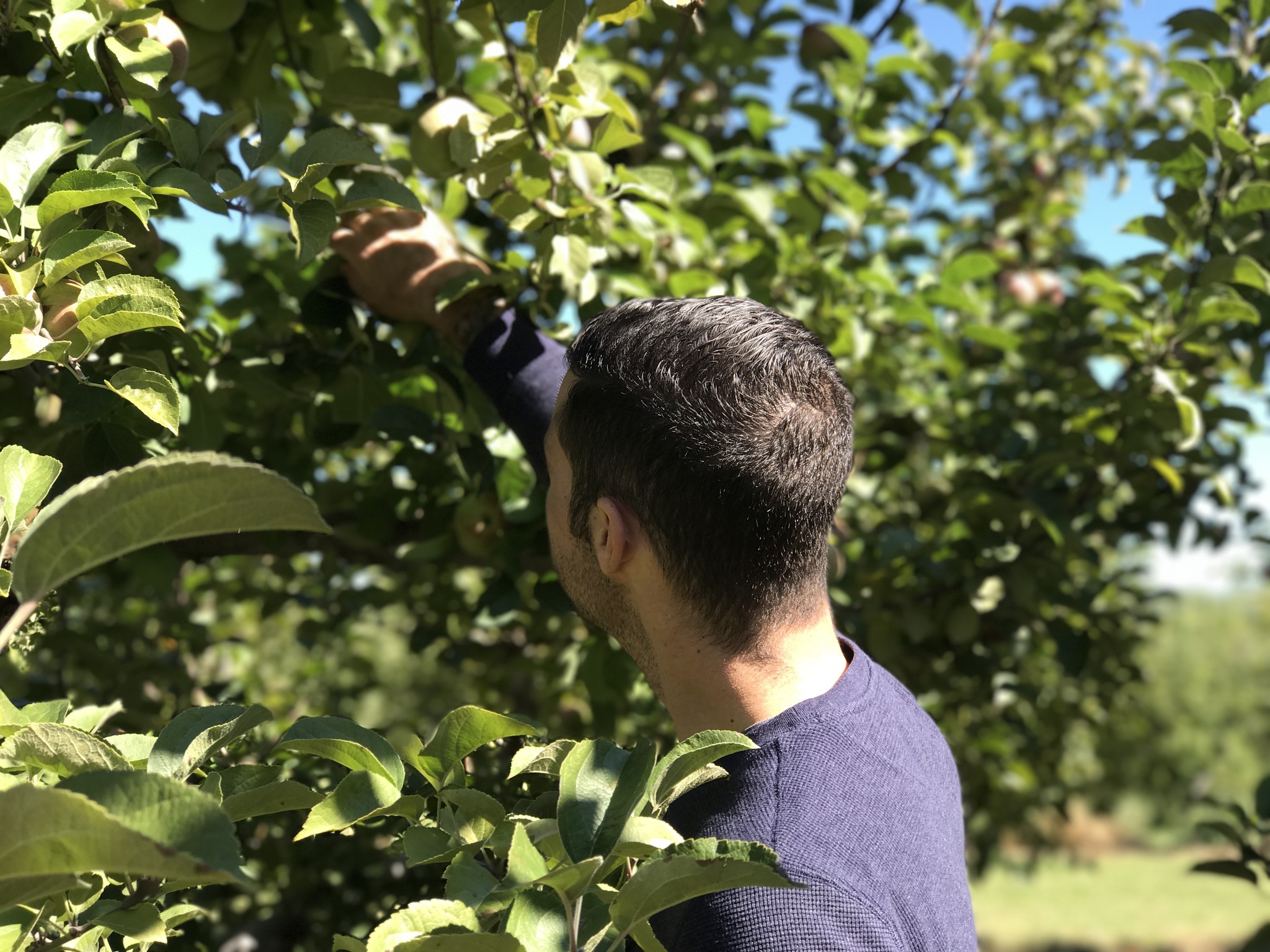

I've taken 22 car and plane trips in 2016. I use my photographs to remember events, trips, and exciting moments in time that might otherwise fall into the abyss. Without my cameras, I don't know if I'd have remembered the exact taste of hot chicken in Nashville, or the feeling I got when a bobcat crossed my path in Yosemite. Images have become memory aids for the mundane and the fantastic, giving its recipients a smile when they sometimes need it most.
This is why Portrait mode works as well as it does: A depth of field effect allows you to focus your viewer's attention on part of an image. A portrait of a family member amidst a chaotic background might be unremarkable without that focus, but racking in gives us an essential snapshot of their personality.
Portrait mode does so with a dreamlike, fuzzy quality that doesn't compare to DSLRs so much as past boutique film cameras: Ricoh, Leica, Polaroid, Kodachrome film — all of these produce specific looks, giving memories a tint and emphasis they may not have otherwise had. The same goes for the iPhone 7 Plus. It's not a replacement for a DSLR in your pocket. But in some ways, it might be better.


The iPhone's telephoto lens is the primary capture for Portrait mode photos, and it ships with a f/2.8 aperture that prefers portraits to macros, and well-lit shots to evening snaps. Portrait mode won't fire if the iPhone doesn't think it can get a good shot at 1/30 shutter speed or better, though you can still take a non-blurred shot with the telephoto lens using this mode (unlike regular Photo mode, which will automatically switch to a 2x zoom of the wide-angle lens). It's also not really built for object-based shots just yet, and has particular trouble with mirrored surfaces like glass. And when you shoot with it, your iPhone 7 Plus gets hot — not to trigger temperature warnings or make you want to set it down, but certainly enough to make it a great hand warmer in the winter (and less fun in the summer).
But I've rather grown to love the mode's limitations: It forces me to think about what I'm looking for in my shot in a way that most mobile "point, shoot, forget" photography doesn't these days. For me, shooting Portrait almost feels more like shooting with an old 24-exposure one-use film camera than a traditional digital machine. Yes, I still have endless room for shots (depending on my iCloud and local storage), but I think more about the composition for photos I take in Portrait mode. And, often enough, those shots have ended up being my favorites of the day.

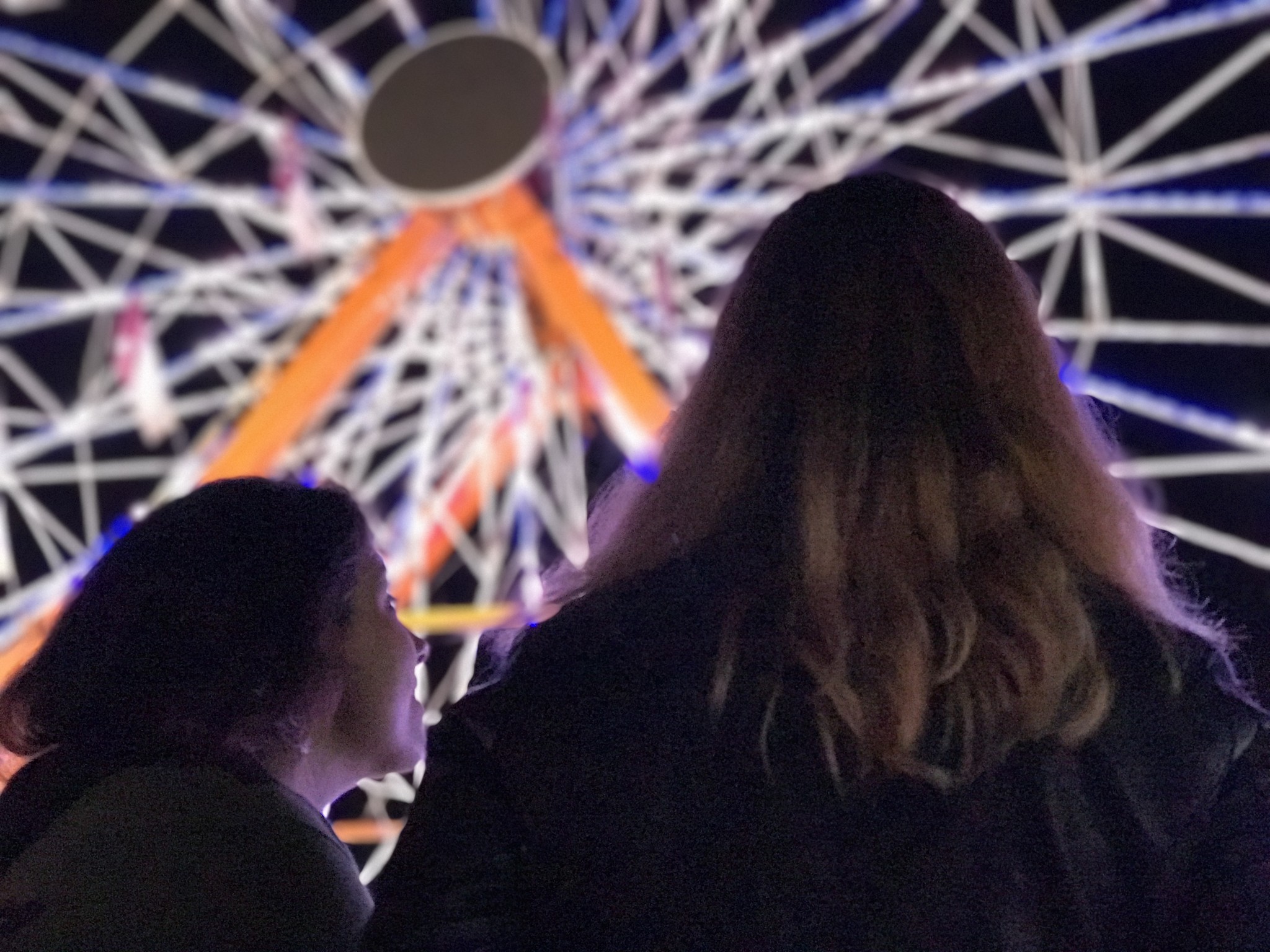
Portrait mode's poor low-light tolerance actually makes for some beautifully textured shots when you get a low-light subject with bright lights in the background — shooting carnivals at night, my fiancé in our kitchen, and my friend skating at sunset resulted in some of the most beautiful grain I've seen in iPhone photographs. It's the kind of grain that the wide-angle camera usually smooths out when the iPhone's image signal processor processes a picture, but smartly has chosen to leave in for the telephoto lens.
Going back to my point earlier: Why is that grain really important, if we're not taking photographs for the art, but for the memories? To me, that texture makes memories feel real in a way that many hyper-smoothed mobile shots don't. It's a grain we associate with, again, old school film memories — a time when every snapped shot was special, because we took time to compose them.
I've had the most success with truly special Portrait mode shots when it comes to people — the only officially supported subject in this mode — but I've still managed to grab a wide variety of beautiful object-and-pet-related shots. The mode won't automatically grab and focus the subject like it will with Portrait's face detection, but you can still manually focus by tapping anywhere on the viewfinder.


Doing so, I've gotten some of my favorite shots of our dogs and cat, as well as some gorgeous fall atmosphere and product shots. Again, this mode won't perfectly replicate a DSLR — and it still has many issues to figure out when it comes to cutting out fur, glass, and similarly-colored objects to its forefront. (Fences, leaves, and other patterned surfaces remain a challenge for the mode, though it's certainly improved since its initial beta release.) But it doesn't need to be perfect for me to love the results — nor does it seemingly matter to folks on Twitter or Instagram, who have wowed over some of the iPhone 7 Plus images I've put out over the last week.
There are going to be people who don't like the iPhone 7 Plus's effect — who label it cheesy, or "unreal," or awkward. There are also going to be people whose entire Instagram is suddenly full of Portrait mode shots of their children, or dogs. And there are going to be budding photographers who use this as a stepping stone for learning composition and depth.
But at the end of the day, all great photographs come down to this: Does it catch your eye? Does it tell a story? Does it evoke emotion?


And for all three, Portrait mode is a resounding yes. It's a new generation of specialty camera, and has made carrying an iPhone 7 Plus as my daily driver completely worth it. I can't wait to see how Apple improves both the mode and future hardware, but in the meantime, I'm looking forward to a year of Portrait mode photography — the experiments, the mistakes, and the beauty in both.
You can experiment yourself with Portrait mode by downloading iOS 10.1, which is available now, and browse through many of my images below.



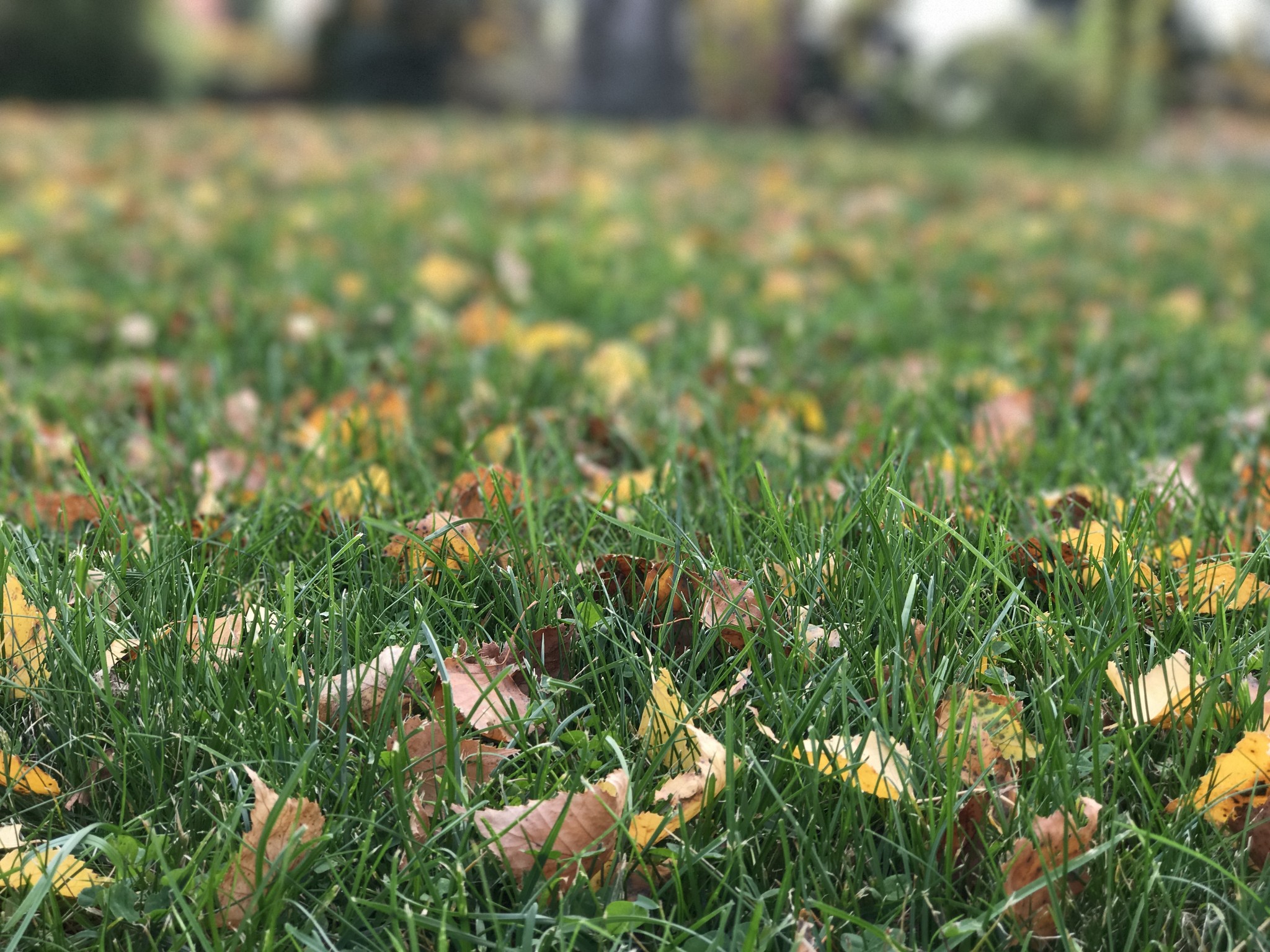





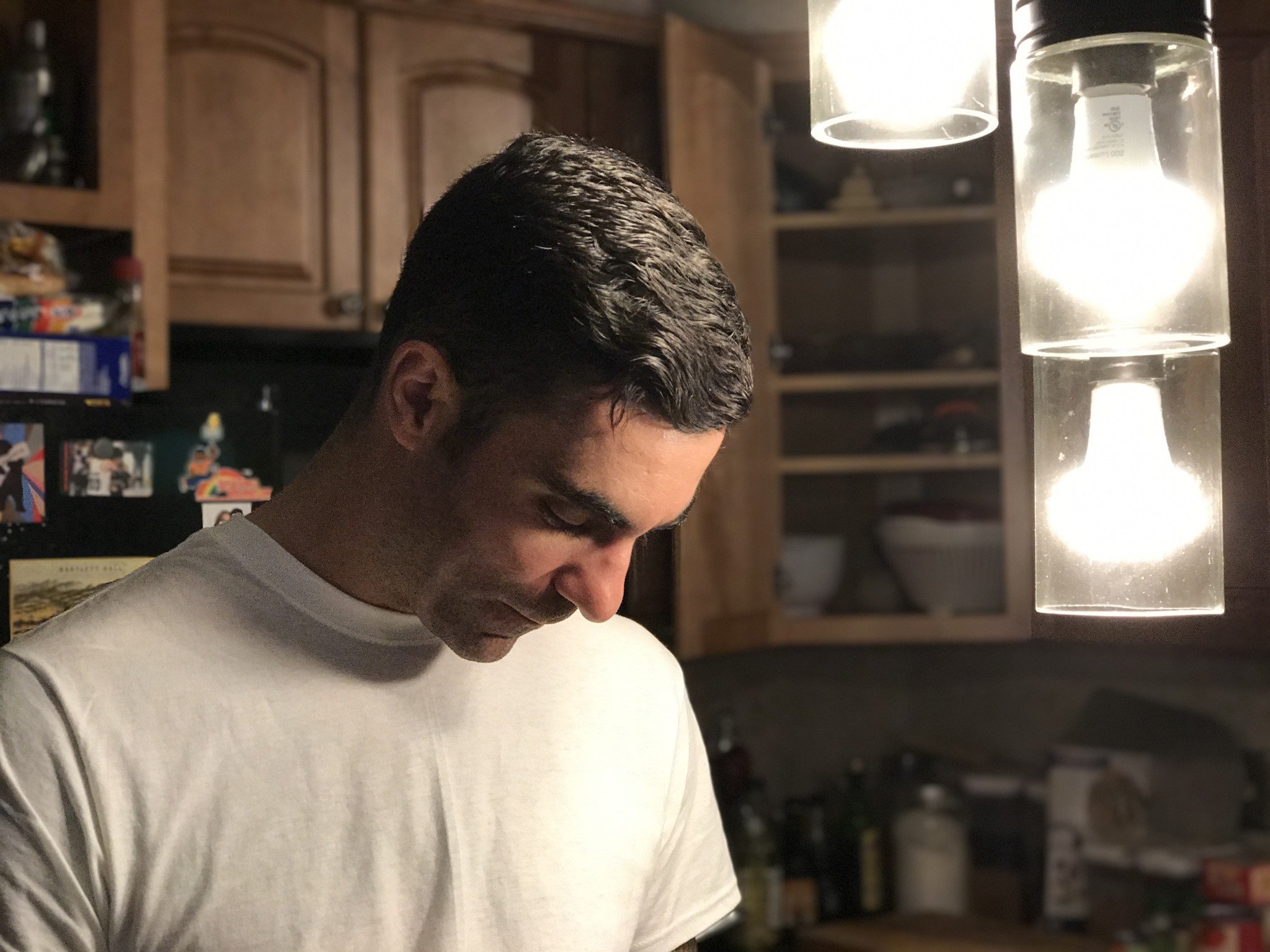






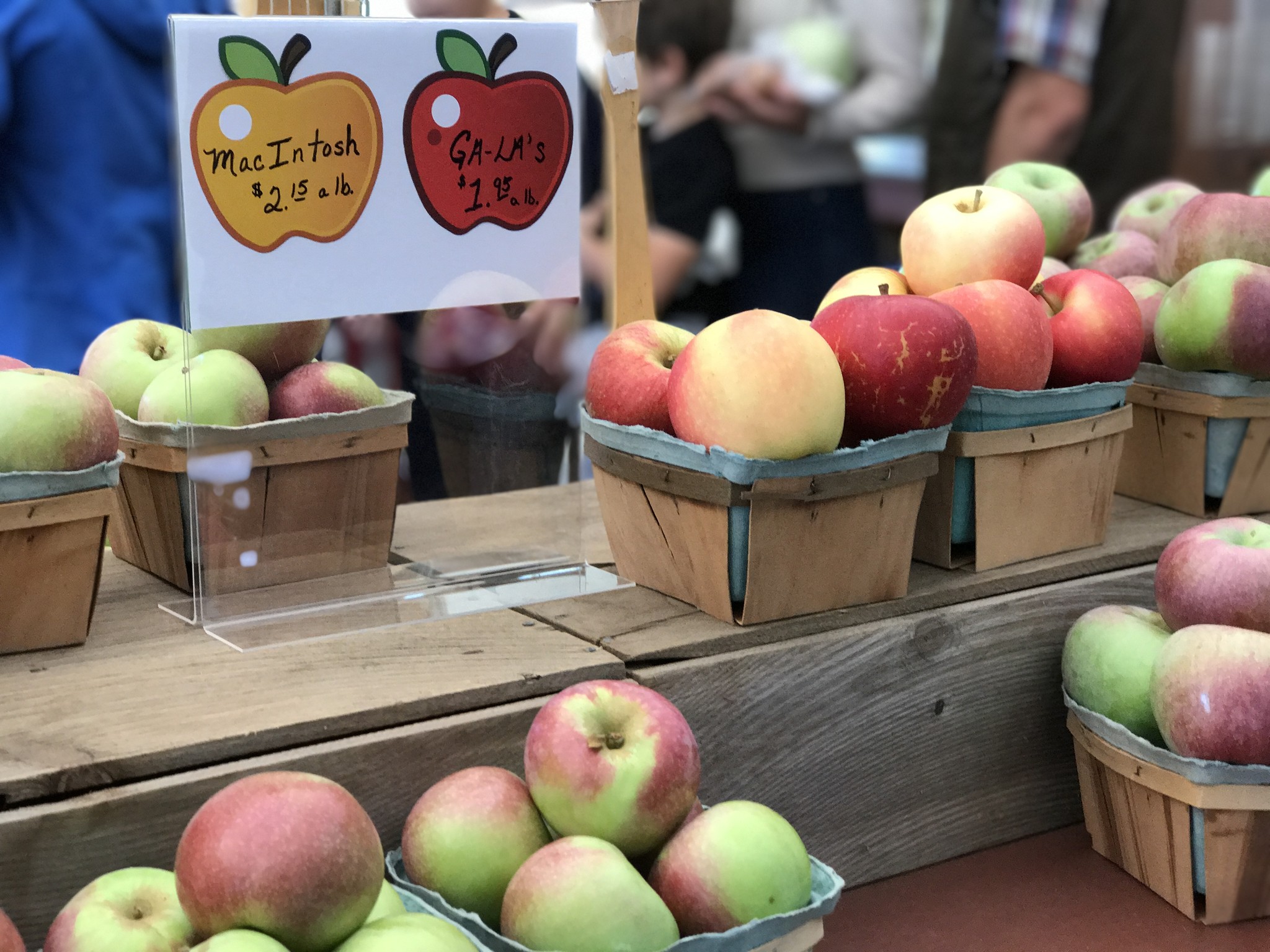

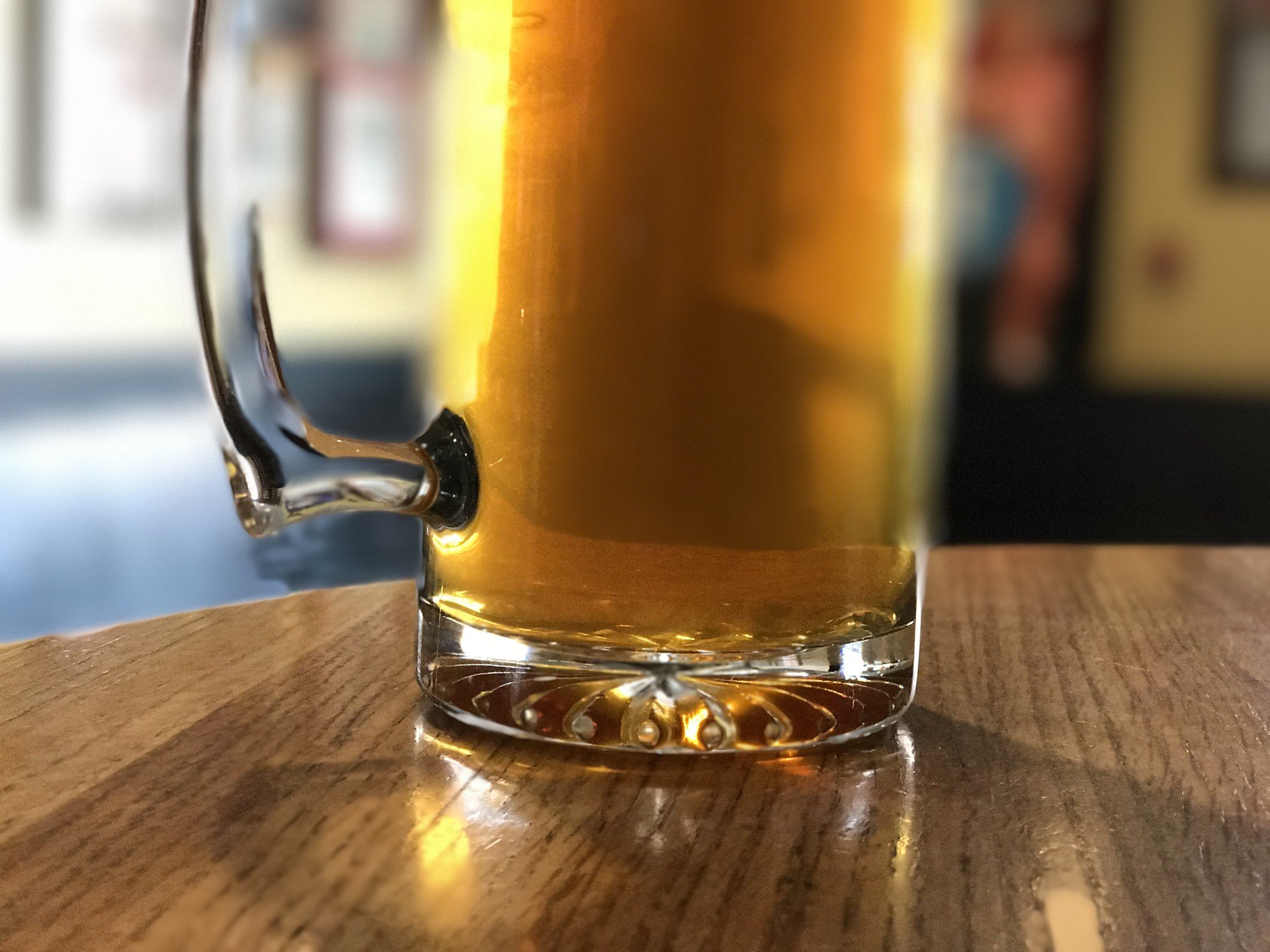






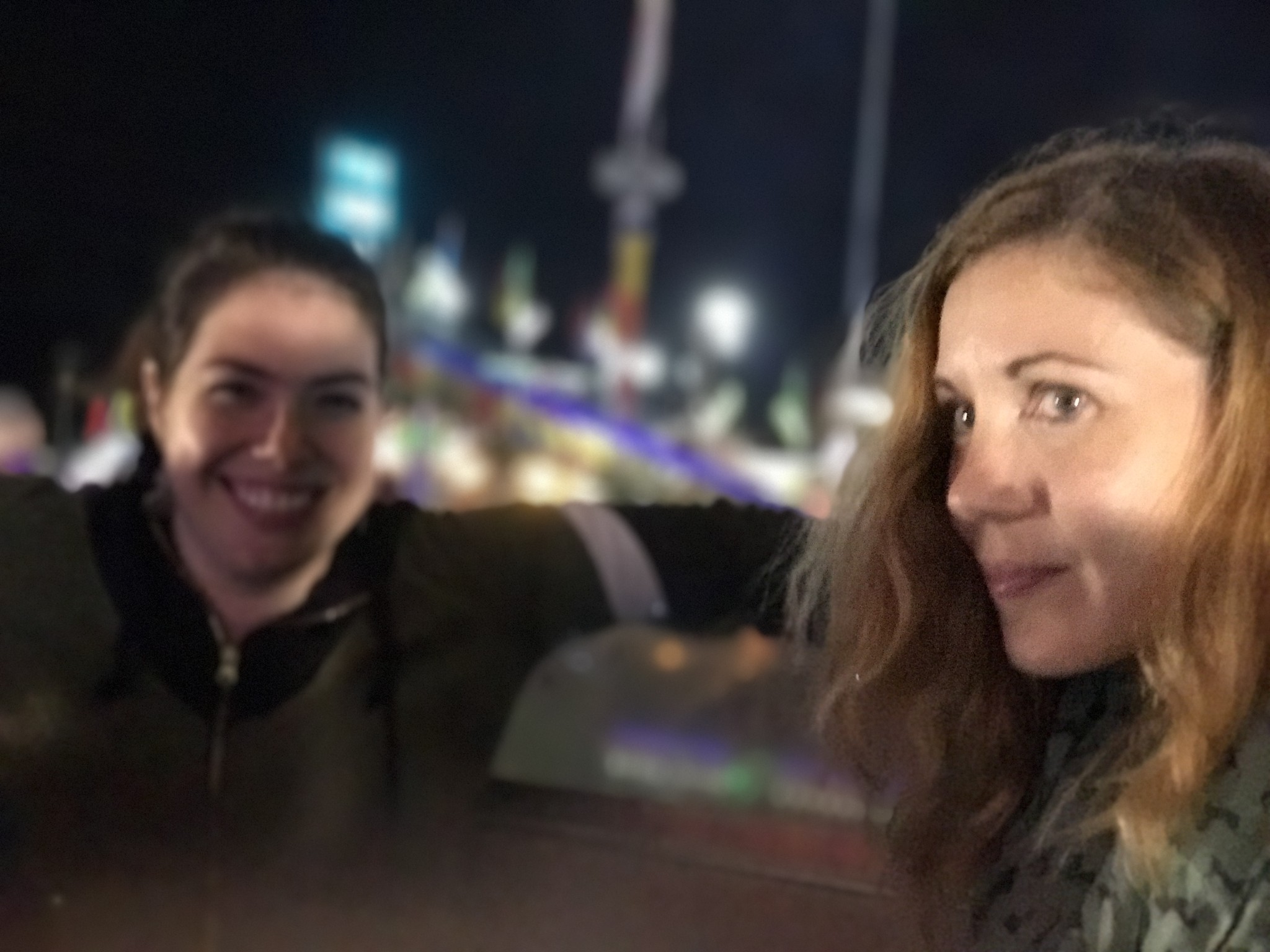


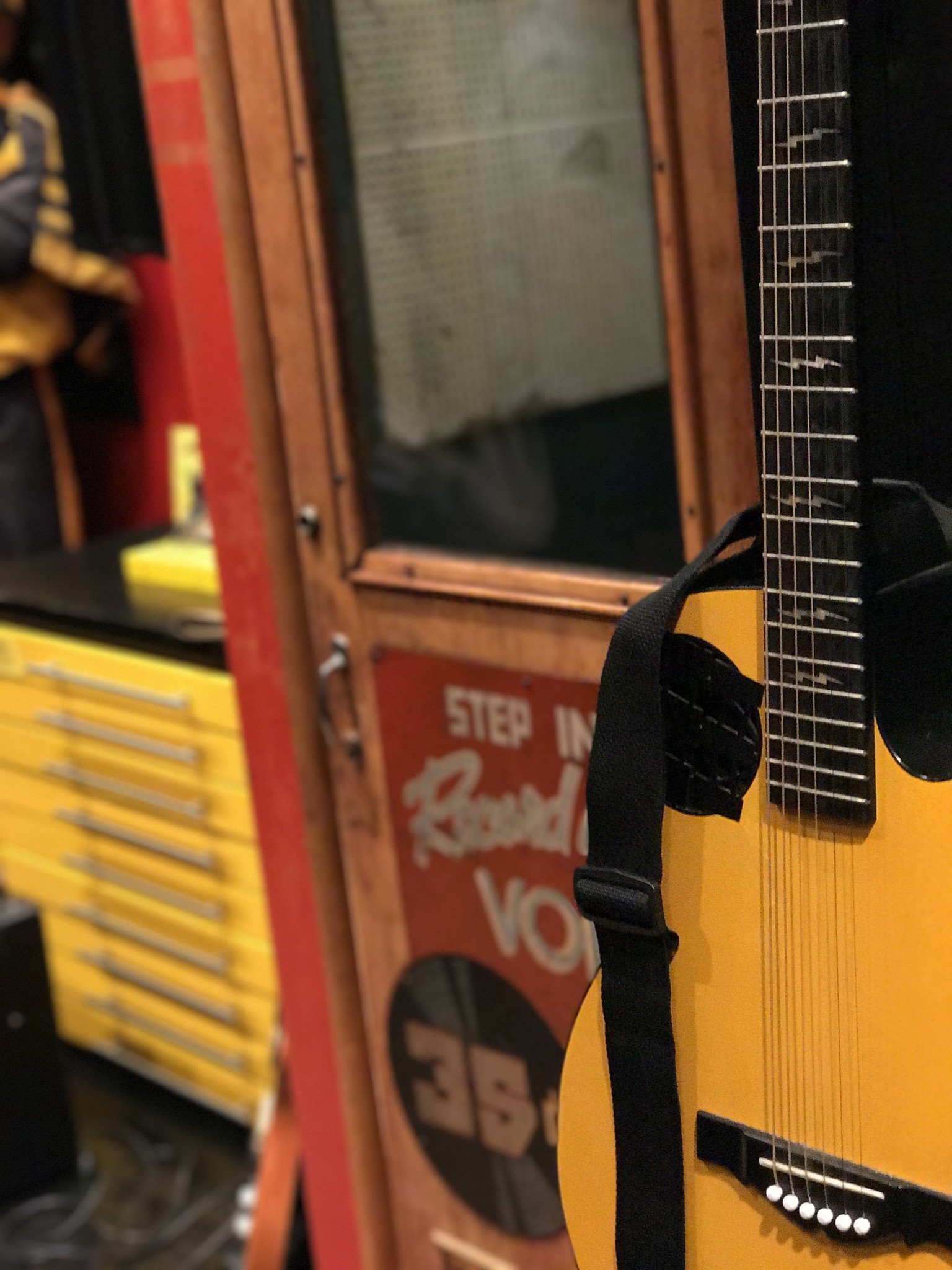


Serenity was formerly the Managing Editor at iMore, and now works for Apple. She's been talking, writing about, and tinkering with Apple products since she was old enough to double-click. In her spare time, she sketches, sings, and in her secret superhero life, plays roller derby. Follow her on Twitter @settern.

